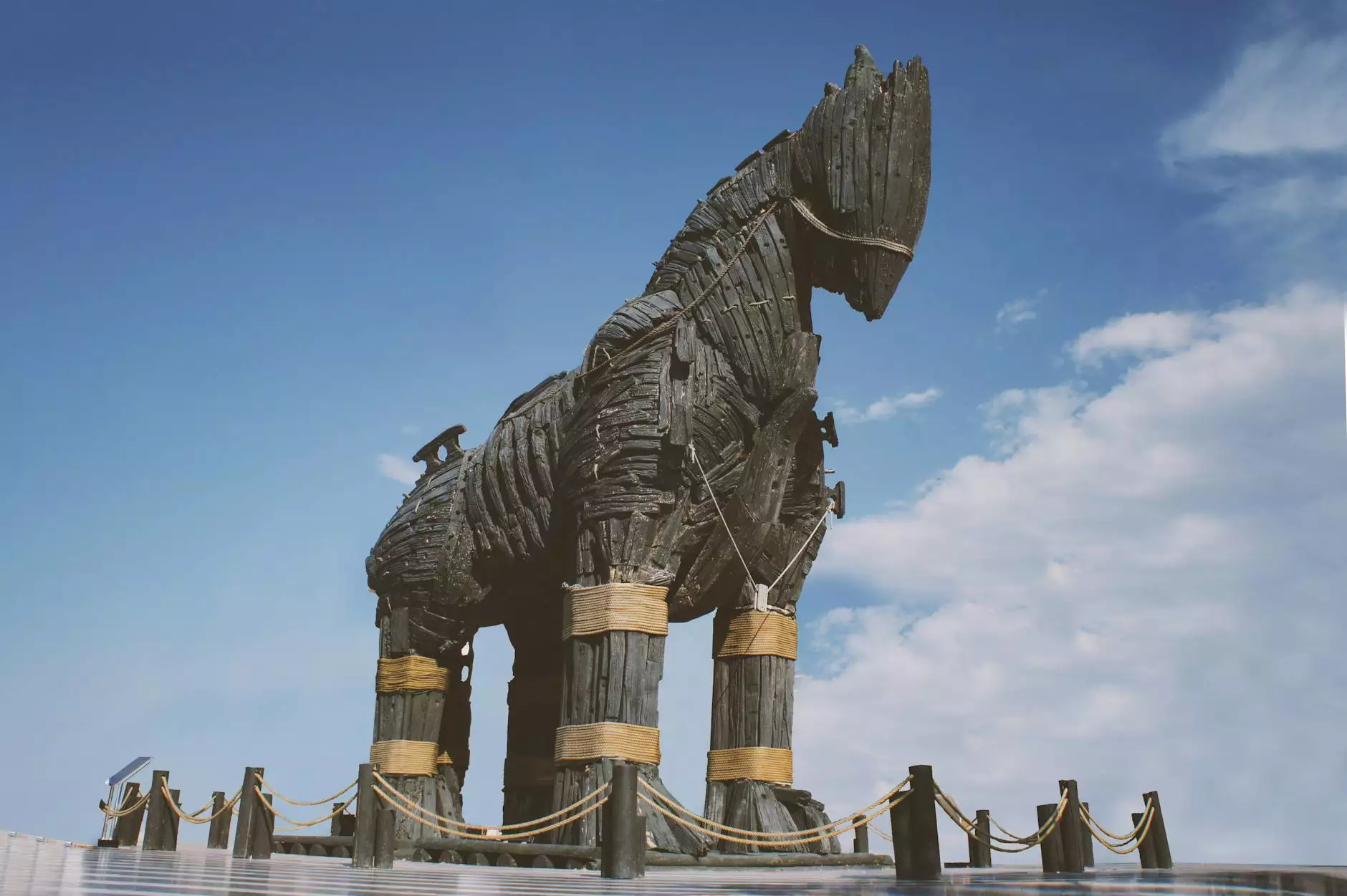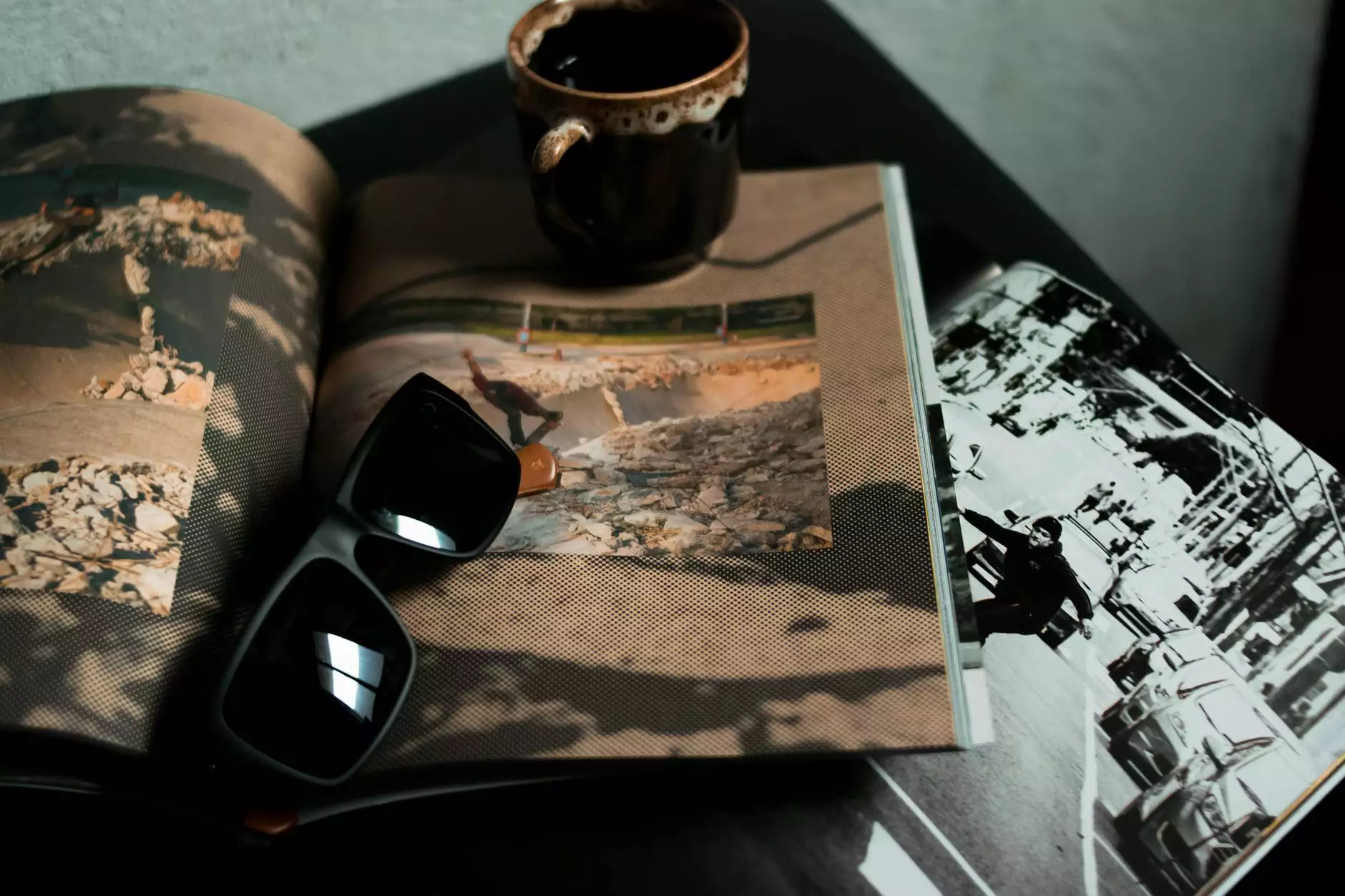Vampire History and Legend
History
Welcome to Ageless Wisdom Magazine, your ultimate source for captivating and in-depth articles on various topics related to the Lifestyle category. In this section, we dive into the intriguing world of vampires - creatures that have fascinated and terrified humanity for centuries.
The Origins of Vampires
Vampires, often associated with undead beings who feed on the blood of the living, have a rich and diverse history dating back to ancient civilizations. While the specific origin of vampires is subject to debate and cultural variations, vampires share common themes in various folklore and legends across different regions.
In ancient Mesopotamia, tales of creatures known as "Lilitu" or "Lilith" emerged. These female entities were believed to be demons, associated with darkness and seduction, who preyed upon men, draining their life force. The mythology surrounding Lilith served as a foundational concept for the vampire legends that followed.
Similarly, ancient Egyptian mythology introduced the notion of beings returning from the dead to consume the souls and life force of the living. These spirits, known as "Akhkharu," became part of the vampire mythology that evolved over time.
Vampire Legends Across Cultures
The legend of vampires extends beyond Mesopotamia and Egypt, finding its place in various cultures around the world. Perhaps one of the most well-known vampire tales can be traced back to Eastern Europe, particularly in Slavic folklore. The Slavic vampire, known as "Upir" or "Strigoi," was believed to be a reanimated corpse with an insatiable thirst for blood.
In Greek mythology, the vampire-like creatures, "Empusa" and "Lamia," embodied the idea of female seductresses who lured men with their beauty and brought harm upon them. These stories served as cautionary tales, warning individuals about the dangers of succumbing to temptation.
Within the folklore of the Balkans, the famous vampire "Dracula" emerged. Inspired by the historical figure Vlad the Impaler, Bram Stoker's novel further popularized the vampire archetype, cementing their place in popular culture.
The Characteristics of Vampires
Vampires are often depicted with distinct characteristics that have become hallmarks of their legend:
- Immortality: Vampires are believed to possess eternal life, remaining ageless and undying unless destroyed by specific means.
- Bloodlust: The primary sustenance for vampires is human blood, which they require to survive and maintain their powers.
- Supernatural abilities: Vampires are commonly associated with heightened senses, superhuman strength, speed, and the ability to mesmerize their victims.
- Transformation: Some vampire myths include the ability to shapeshift into various forms such as bats, wolves, or mist.
The Influence of Vampires in Popular Culture
Vampire legends have had a significant impact on popular culture, inspiring countless novels, films, and television series. From classic literature such as Bram Stoker's "Dracula" to modern TV shows like "True Blood" and "The Vampire Diaries," vampires continue to captivate the imagination of audiences worldwide.
This fascination with vampires reflects our enduring interest in the darker aspects of humanity, exploring themes of immortality, forbidden love, and the struggle between good and evil.
In Conclusion
Ageless Wisdom Magazine invites you to delve into the captivating world of vampires - a world steeped in mystery, folklore, and legend. Discover the origins, characteristics, and cultural influences surrounding these enigmatic creatures in our comprehensive guide.
Join us as we explore the rich history and delve into the details of vampire mythology. Whether you are a casual enthusiast or a devoted vampire lover, our in-depth articles provide valuable insights into this timeless phenomenon. Stay tuned as we continue to uncover the secrets of vampire history and legends!










